Bentgrass (Agrostis spp.) is a genus of fine-textured turfgrasses known for their exceptional density, smooth surface, and vibrant green color. Often associated with meticulously maintained golf courses and bowling greens, bentgrass can also be a desirable choice for homeowners seeking a lawn with a luxurious aesthetic. However, before diving into bentgrass cultivation, it's crucial to understand the distinct types, their growth cycles, and the significant commitment required for successful maintenance.
Identifying Bentgrass
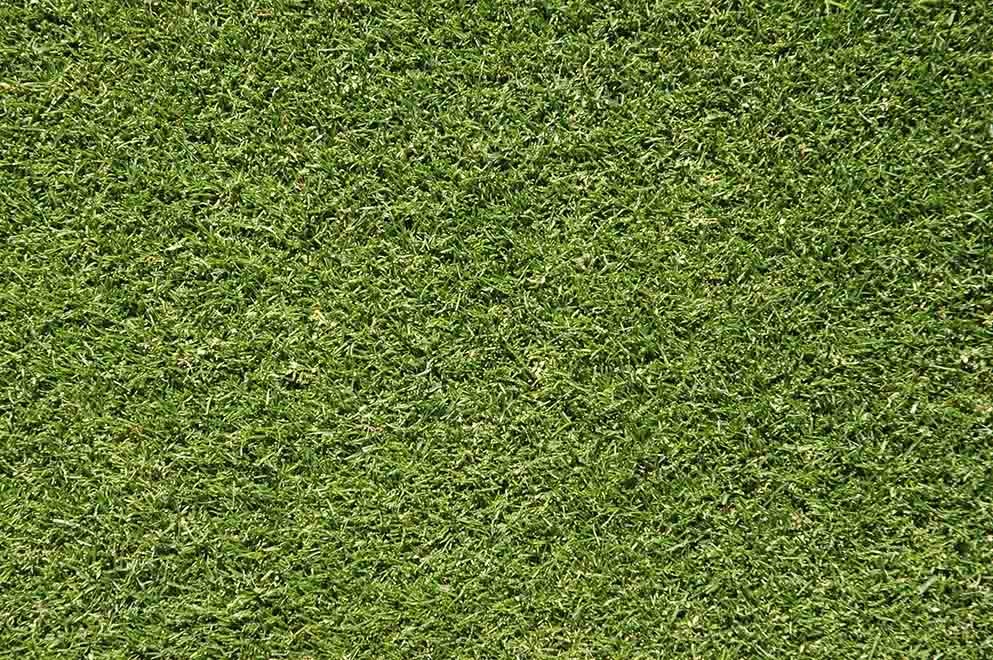
Of all the healthy turfgrasses available for your lawn, bentgrass is one of the most striking with recognizable features. Here's how to identify it:
- Growth Habit: Bentgrass forms a dense, low-growing mat with fine, hair-like blades. Unlike many cool-season grasses, it spreads through above-ground runners (stolons) or rhizomes (underground stems), creating a tightly knit turf.
- Leaf Appearance: The blades are a vibrant green color, finer than most cool-season grasses, and feel soft to the touch. The leaf tips are pointed, and the veins are inconspicuous.
- Seed Heads: During late spring or early summer, bentgrass produces small, inconspicuous flower heads that appear in clusters and have a feathery texture.
Distinguishing The Different Varieties Of Bentgrass
Bentgrass encompasses several species, each with slightly different characteristics. Here are the two most common types encountered by homeowners:
- Creeping Bentgrass (Agrostis stolonifera): This is the most popular bentgrass for lawns. It spreads aggressively through stolons (above-ground runners) and forms a dense, low-growing mat with fine blades. It's highly desirable for its exceptional putting surface on a golf course quality but also the most demanding care.
- Colonial Bentgrass (Agrostis capillaris): This variety spreads less aggressively than creeping bentgrass and forms a looser turf. It has a slightly higher shade and heat stress tolerance but still requires significant maintenance.
The Life Cycle Of Bentgrass
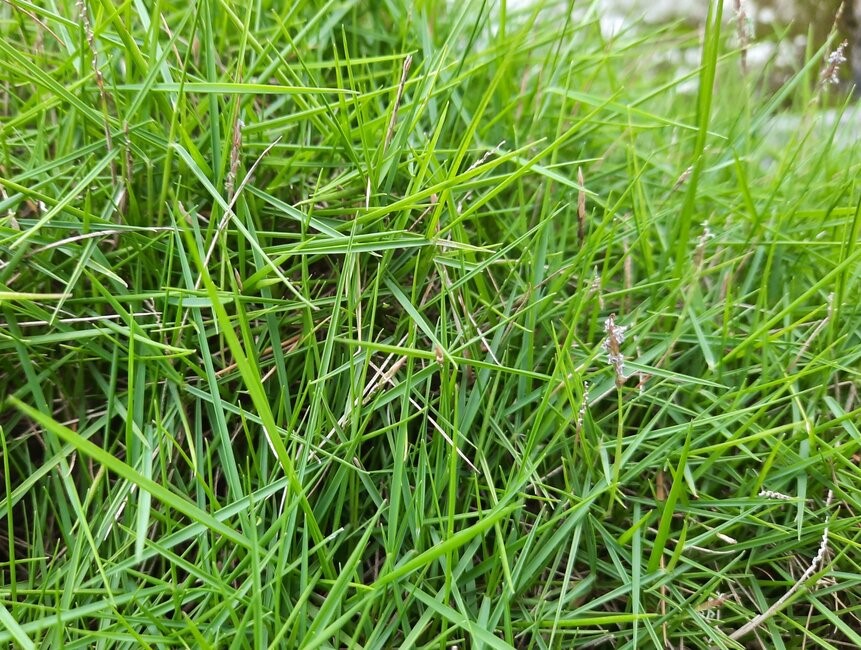
Bentgrass thrives in cool-season climates, with ideal temperatures between 60-75°F (15-24°C). Let's explore its growth stages:
- Germination: Bentgrass germinates best in cool, moist conditions. Ideal germination temperatures are 55-65°F (13-18°C).
- Establishment: Under optimal conditions, seedlings emerge within 7-14 days. During this stage, the development of a strong root system is crucial.
- Vegetative Growth: Once established, bentgrass spreads through stolons (creeping bentgrass) or rhizomes (colonial bentgrass), forming a dense turf.
- Flowering & Seed Production: In late spring or early summer, the grass produces inconspicuous seed heads that disperse seeds readily.
- Dormancy: As temperatures dip in fall, bentgrass enters a semi-dormant state, exhibiting slower growth but remaining green throughout the winter in mild climates.
Planting Bentgrass
To plant bentgrass, there are simple but crucial steps that need to be performed to turn your lawn into that dreamy emerald oasis. By adhering to the simple guidelines below, you can ensure that bentgrass will grow and thrive on your lawn for years to come.
- Timing Is Key: The best time to plant bentgrass is in early spring or early autumn when temperatures are cooler and soil moisture levels are optimal for germination. Avoid planting during periods of extreme heat or cold.
- Prepare The Soil: Start by preparing the soil in the planting area. Remove any weeds, rocks, or debris, and loosen the soil to a depth of 4 to 6 inches using a garden fork or tiller. This will ensure that the soil is loose and well-aerated, allowing for proper root development.
- Choose Quality Seed: Select high-quality bentgrass seed suited to your specific climate and soil conditions. Look for varieties that are known for their fine texture and disease resistance. Follow the recommended seeding rate, typically around 0.5 to 1 pound of seed per 1000 square feet.
- Sow The Seed: Evenly distribute the bentgrass seed over the prepared soil surface using a broadcast spreader or by hand. Rake the seed lightly into the soil to ensure good seed-to-soil contact, which is essential for germination. Avoid burying the seed too deeply, as this can prevent germination.
- Keep The Soil Moist: Water the seeded area lightly immediately after planting to moisten the soil. Keep the soil consistently moist but not waterlogged during the germination period, which typically takes 7 to 14 days. Water lightly several times a day, if necessary, to prevent the soil from drying out.
Caring For Bentgrass
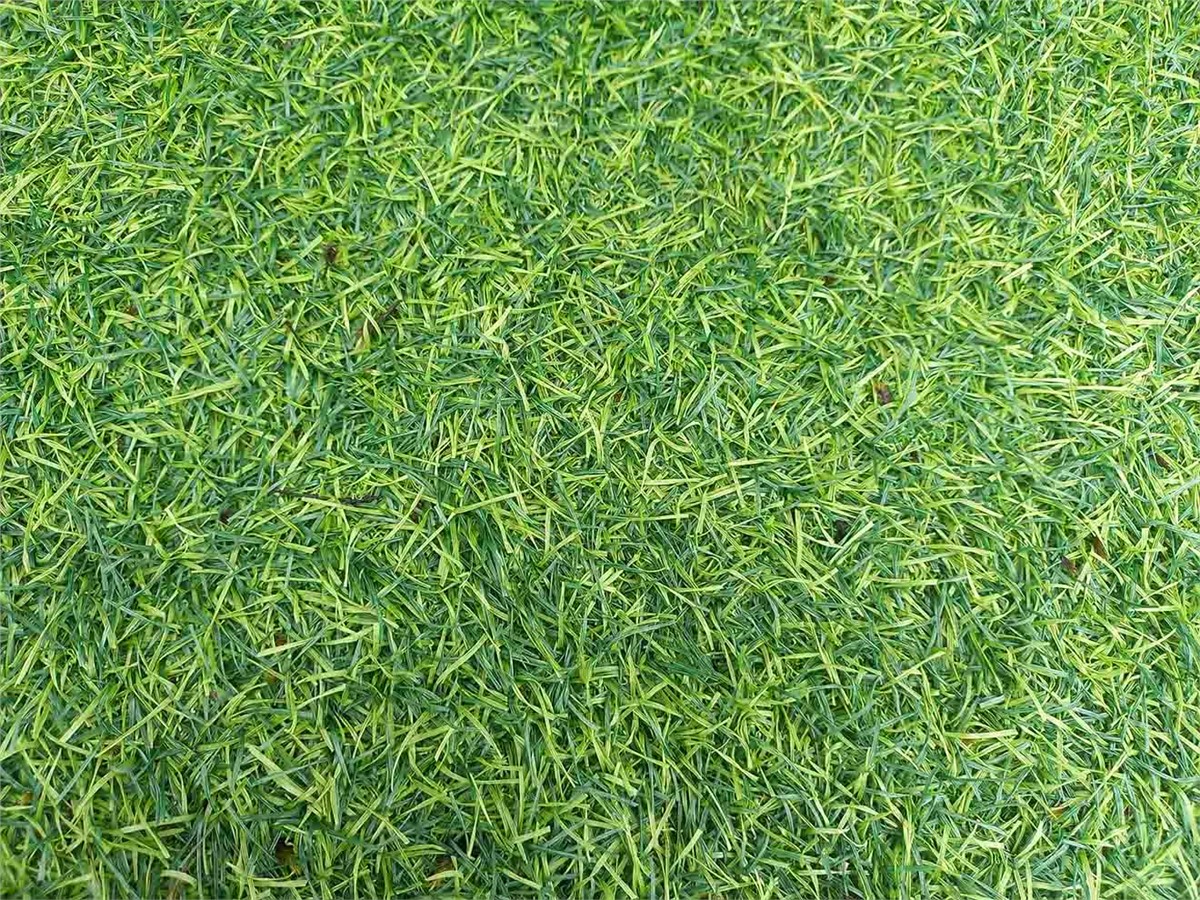
Fortunately, once bentgrass has been planted, caring for and maintaining this striking turfgrass is straightforward and uncomplicated as long as you remain consistent. This grass does well with a routine and will grow and thrive for many years.
- Mowing: Once the bentgrass has established and reached a height of 1 to 2 inches, it's time to start mowing. Set your mower blades to a height of 0.25 to 0.75 inches for optimal performance. Mow regularly to maintain the desired height, removing no more than one-third of the grass blade in a single mowing session.
- Fertilizing: Bentgrass benefits from regular fertilization to promote healthy growth and vigor. Apply a balanced fertilizer formulated for cool-season grasses in early spring and in late summer or early autumn. Follow the manufacturer's instructions for application rates and timing to avoid over-fertilization.
- Watering: Once established, bentgrass requires moderate water. Water deeply but infrequently to encourage deep root growth and drought tolerance. Aim to provide about 1 inch of water per week through rainfall or irrigation, depending on weather conditions.
- Disease & Pest Control: Monitor your bentgrass lawn regularly for signs of disease or pest infestation, such as brown patches, thinning turf, or insect activity. Treat any issues promptly using appropriate fungicides or insecticides as needed, following the instructions carefully to ensure safe and effective application.
- Aeration: Periodic aeration is beneficial for maintaining soil health and promoting root growth in bentgrass lawns. Core aerate your lawn annually in the fall or spring to alleviate soil compaction and improve air, water, and nutrient penetration.
By following these guidelines for planting, caring, and maintaining bentgrass, homeowners can enjoy a luxurious carpet of fine-textured turf that enhances the beauty and functionality of their outdoor spaces. With proper attention and care, bentgrass will provide years of enjoyment and satisfaction, whether used for lawn areas, ornamental borders, or specialized landscaping features.
Subscribe to Simple Lawns's Blog



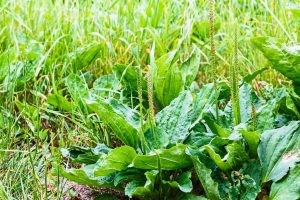

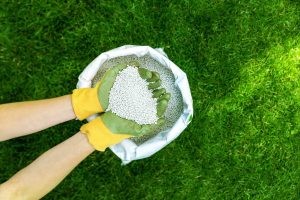
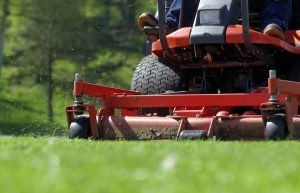


Comments